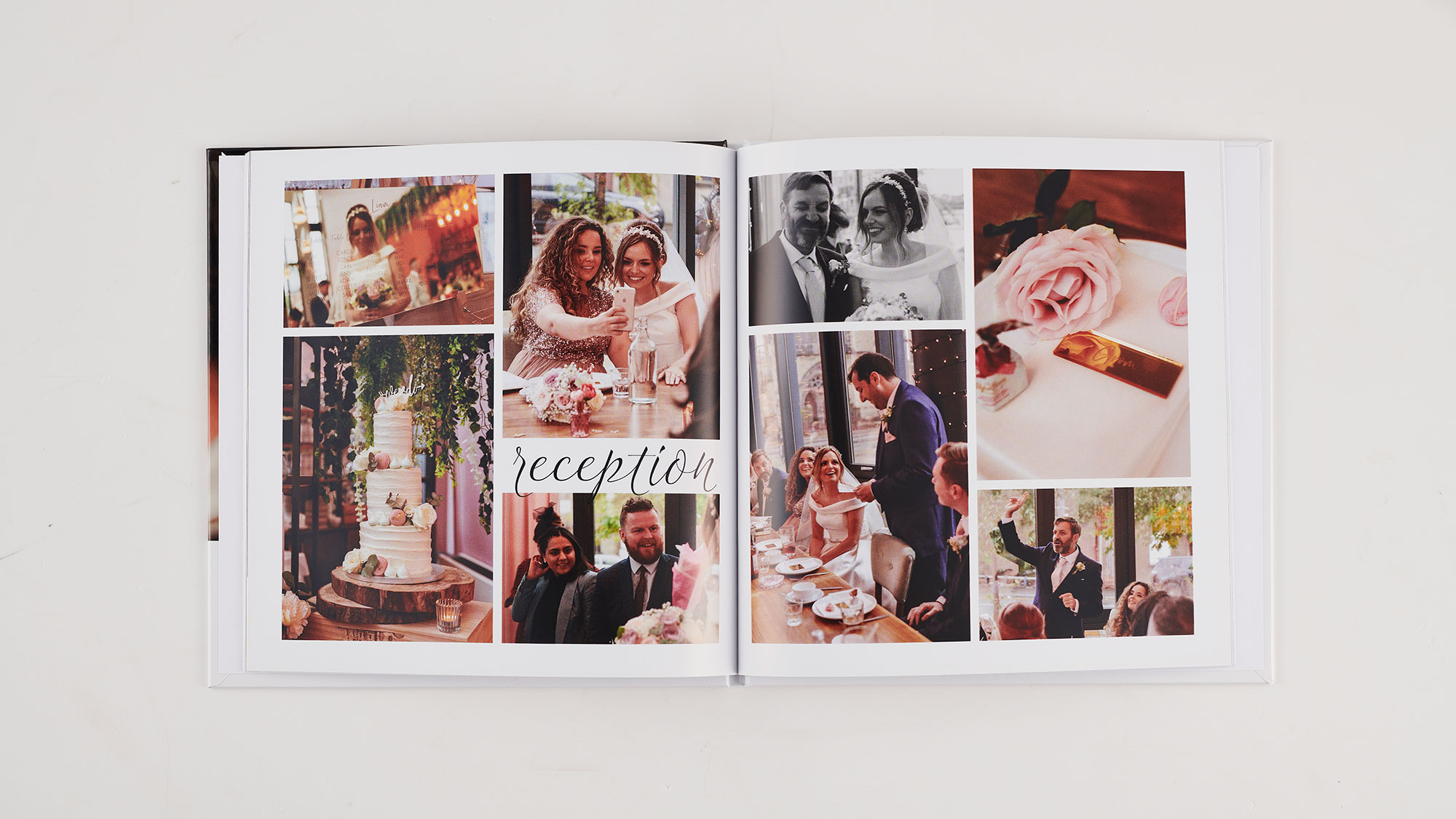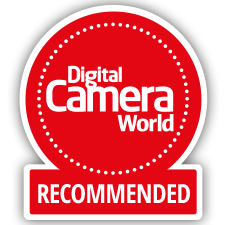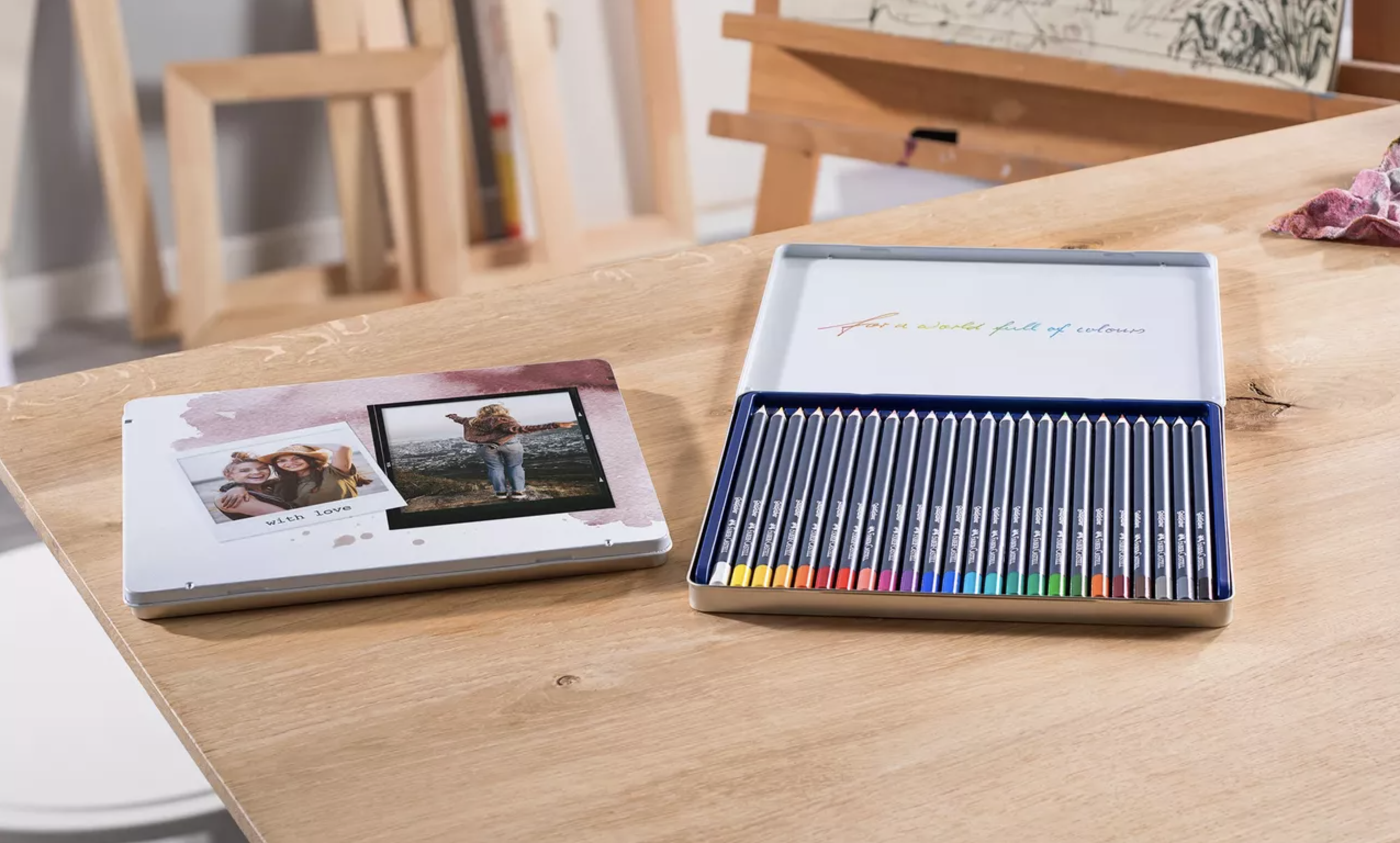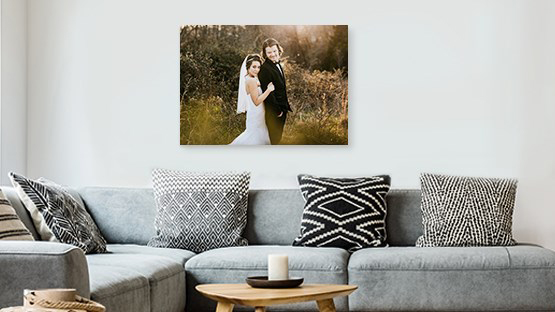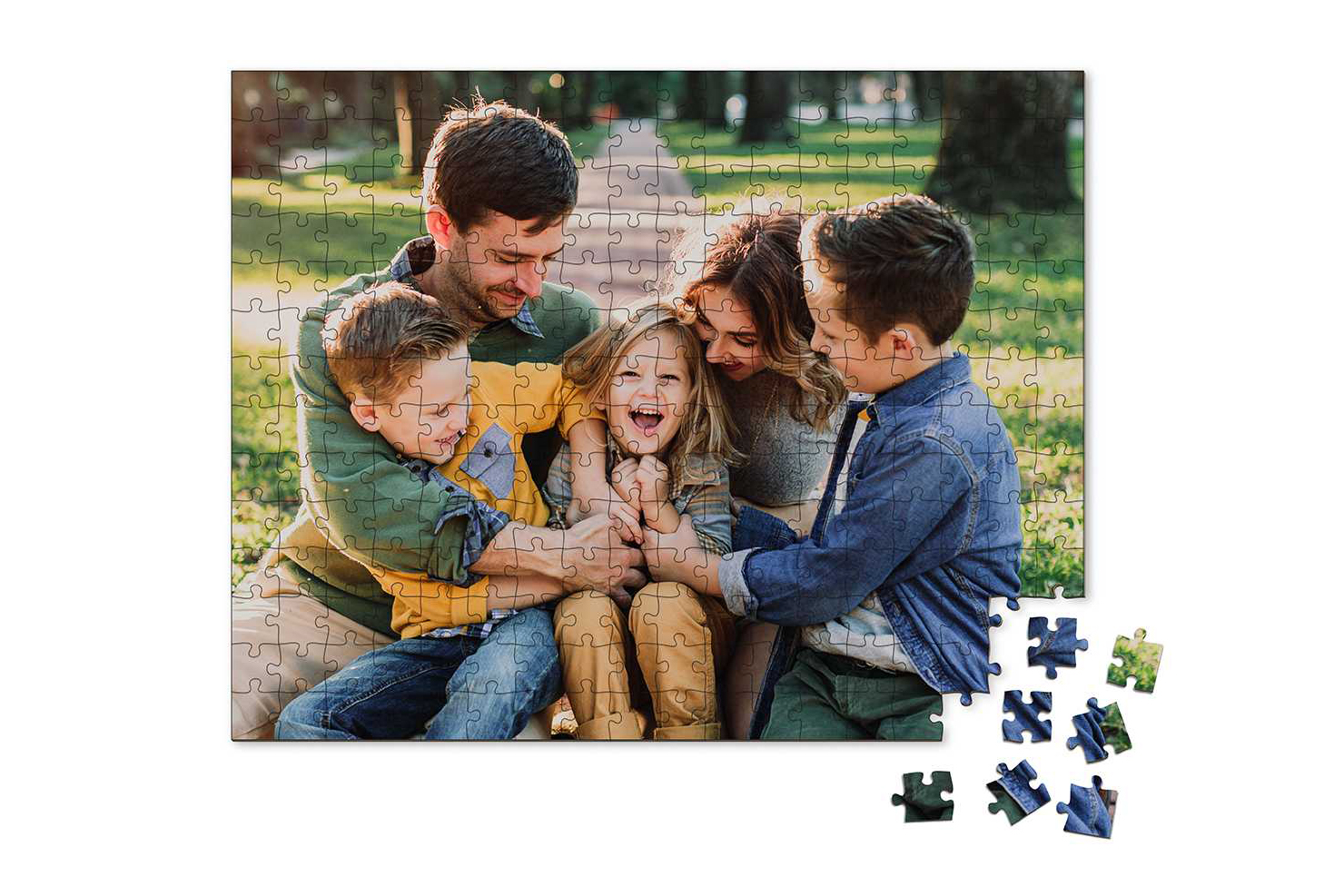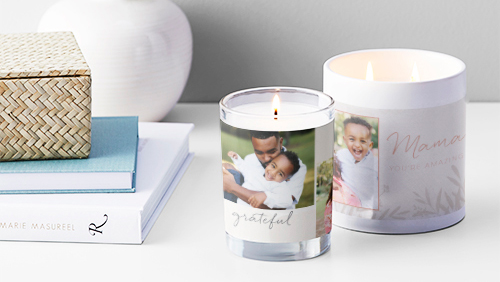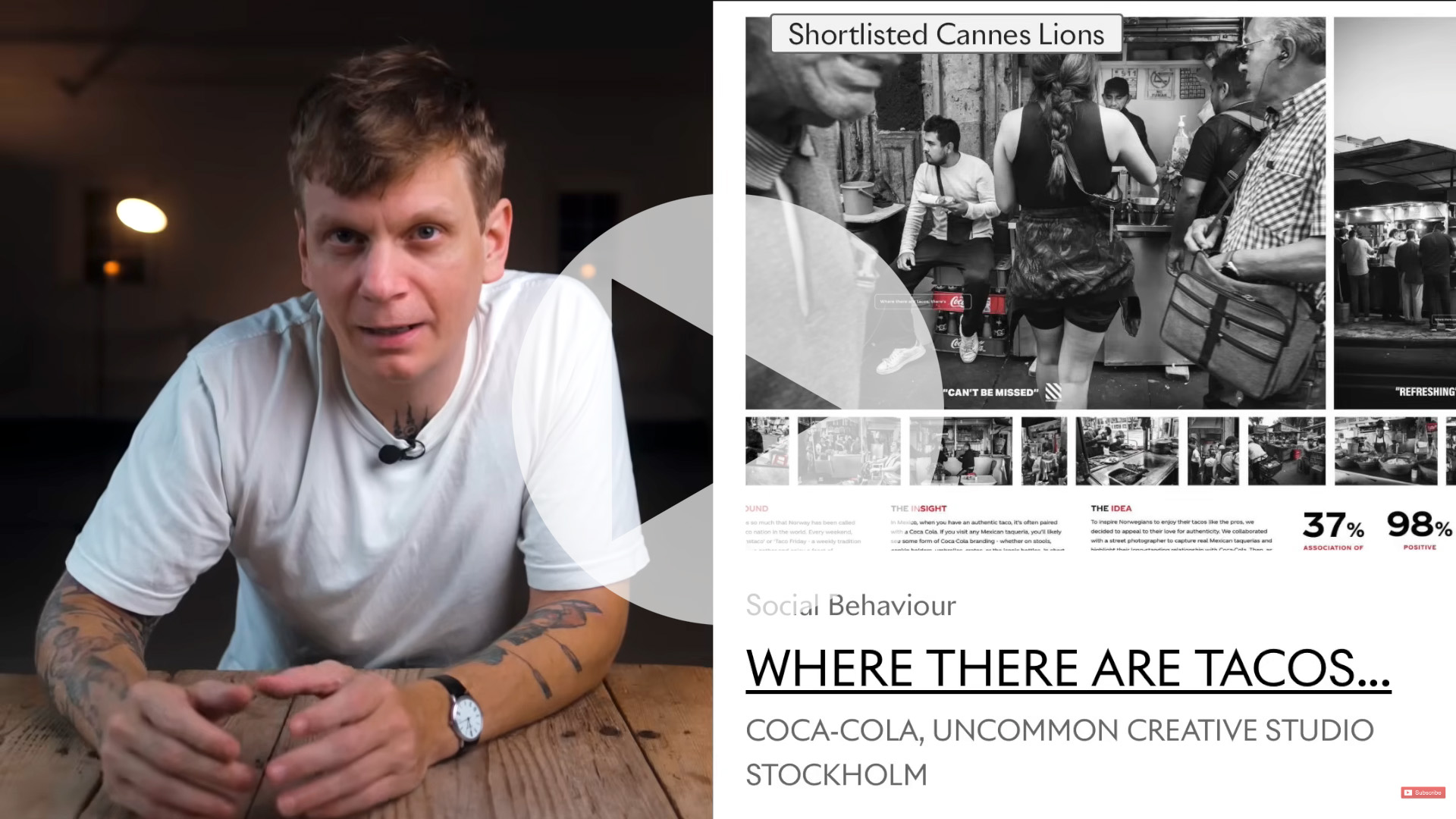The best photo gifts: Create a personalized photo gift
The best photo gifts make are thoughtful presents that inject a touch of personality into any celebration
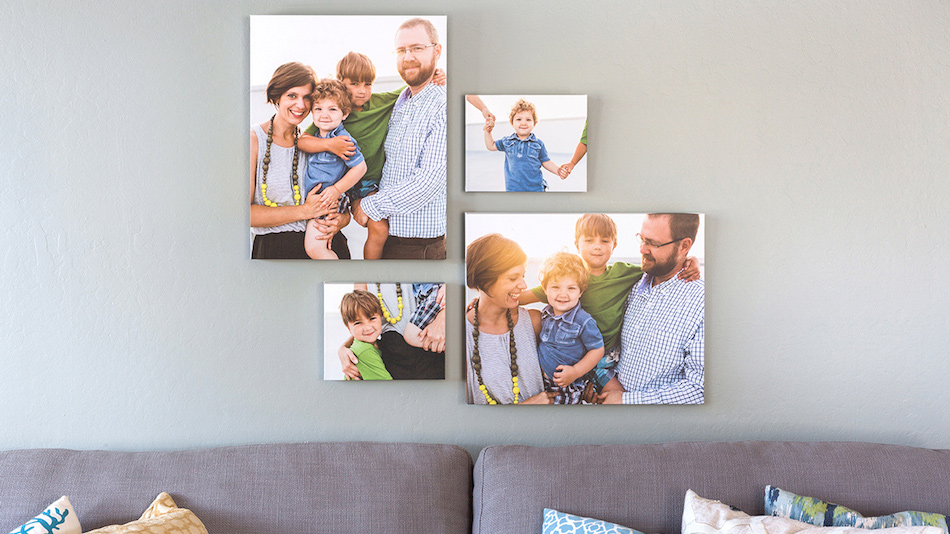
The best photo gifts are the perfect present for the loved one who has everything.
Whether you're looking for a unique birthday present or a thoughtful gift to commemorate a special occasion, the best photo gifts are a great way to show the recipient just how much you care. While the best canvas prints or the best photo printing online are the best way to display your favorite memories, photo gifts are often printed on more practical items that will be used every day. Whether you decide to go for one of the best photo books, a photo jigsaw puzzle or a funny photo mug, there's nothing better to show how much you care than putting the time and effort into creating something truly unique.
One of the very best photo gifts is a beautifully put-together photo book that showcases all of the recipient's favorite memories. This is a particularly special present when celebrating a wedding, an anniversary or the arrival of a new child into the world. However, there are also plenty of other products that make up our best photo gifts list.
To ensure the best results from your photo gift, make sure you use an image that isn't too dark or small. Dark photos might not translate very well in print – and smaller file sizes could cause your best photo gift to appear pixellated or blurry. However, most photo gift websites will warn you if the image you're using isn't suitable.
The best photo gifts
Why you can trust Digital Camera World
1. MixBook photo book
Specifications
Reasons to buy
Mixbook is one of the most popular photo book retailers – and with good reason. A photobook allows you to compile shots from an event such as a party or holiday – and create a personalized album that makes a perfect gift.
A Mixbook photo book offers good quality printing for an affordable price. There are a wide range of design and layout options for users to choose from, which means you can customize your photo gift as much as you want.
The Mixbook software is incredibly easy to use - you don't have to download anything, as it's all done in your internet browser. There are nearly 400 fully customizable templates, backgrounds and stickers to choose from, which enables you to create a perfectly polished photo book that will impress anyone who sees it.
2. Cewe Faber-Castell Watercolor pencils
Specifications
Reasons to buy
Reasons to avoid
Cewe's school and office photo gifts are a great way of injecting some personality into boring stationary supplies and these pencils are perfect for anyone who loves to draw. You can choose from a big variety of designs and print your own images onto the front of the tin which contains 24 Goldfaber Aqua watercolour pencils. Whether you're giving them to someone going back to school or someone who may want pencils to take on their travels, this is a thoughtful gift that will hopefully spark some creativity.
3. CanvasPop canvas prints
Specifications
Reasons to buy
A canvas print is one of the best photo gifts you can get. Choosing a sentimental image (whether it's an engagement photo, a newborn snap or even a landscape shot of a meaningful location) to be the star of the show on a canvas print is a fantastic present – and CanvasPop is one of the best canvas print services available.
The clue being very much in the title, CanvasPop specializes in canvas prints, and are one of the best services in terms of ease of use, print quality, speed and cost. You can upload directly from image folders or Instagram and Facebook, with low resolution warnings in place for unsuitable imagery. CanvasPop may initially seem quite expensive, but the company offers regular deals of up to 50 per cent off, making for a significantly good cost-to-quality ratio.
4. Snapfish photo puzzle
Specifications
Reasons to buy
Reasons to avoid
If you're looking for a photo gift that doesn't take itself too seriously, why not consider a photo puzzle? This is a great potential present that will ensure happy faced all round when opened. Costing $29.99, this Snapfish photo puzzle is made up of 252 pieces and comes in a gift box with a clear top so that the recipient can see exactly what they've got as soon as they open it. If you are looking for something more taxing, then there is a 500-piece option too for $39.99.
To help with putting the puzzle together, there's a reference print included as well. Snapfish often run discounts on their products, so make sure to check out the site via the link below to see what kind of deal the website might currently be offering.
5. Shutterfly Ceramic Photo Candle
Specifications
Reasons to buy
Reasons to avoid
There are plenty of the best photo gifts around, but a photo candle is definitely a new and interesting one from Shutterfly! Complete with pictures of the family children, this would make the perfect gift for a mom or grandma. This 15oz candle comes in either an unscented version, a 'Lavender Flower' scent or a 'Driftwood Indigo' scent. The RRP is $44.99, but the site has regular discounts.
There are also plenty of stylish designs to choose from - but we love this Gallery of Three option that allows you to use three photographs to create that ever special photo gift. Alternatively, if you're an InDesign whiz, you can also design your own version and upload it onto the site.
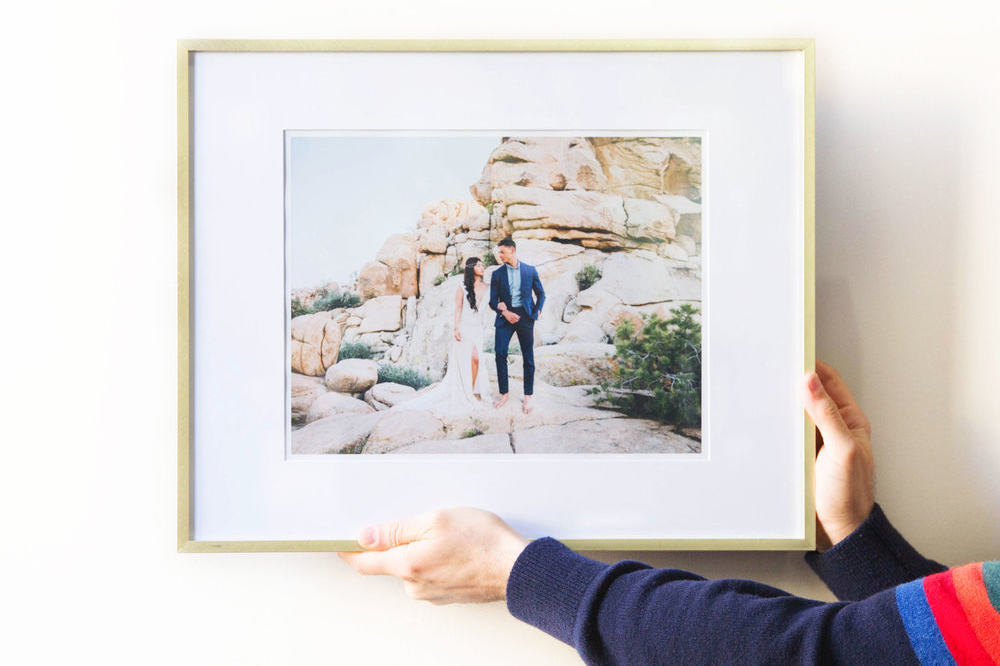
6. Mixbook Poster Prints
Specifications
Reasons to buy
Reasons to avoid
Designed to feature exceptional print quality, the Mixbook poster prints are created with silver halide printing on durable, archive quality photo paper. Customers can choose from a glossy finish for a subtle sheen, or a matte finish for a modern effect. If you're not a fan of sticking posters directly onto walls, you can even choose whether you'd like your poster print to be framed or mounted. Alternatively, if you'd like to sort out the presentation of the print yourself, it can also be delivered rolled.
Featuring four sizes at affordable prices, the Mixbook poster prints make fantastic photo gifts for those wanting to share a special memory.
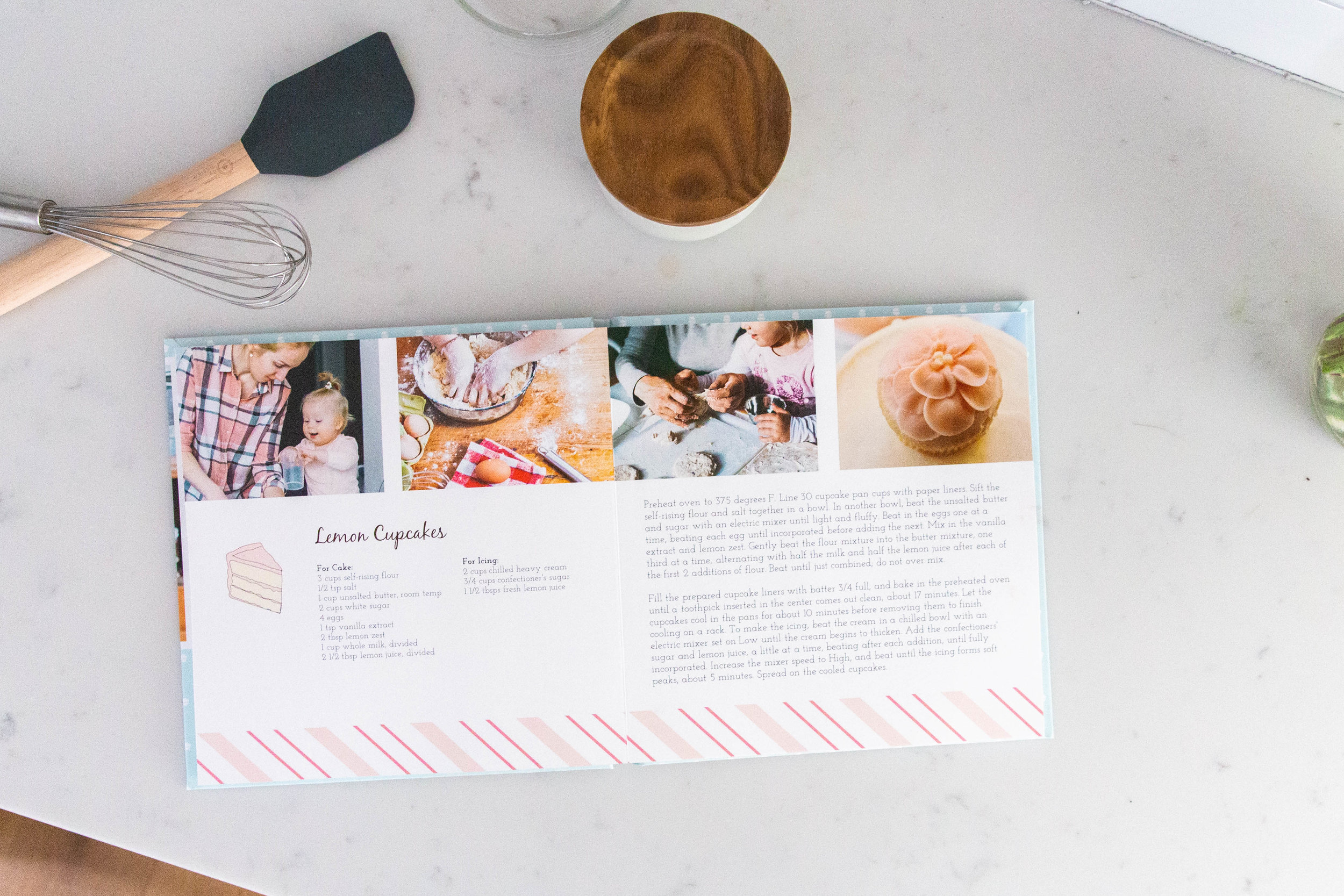
7. Mixbook Cookbook
Specifications
Reasons to buy
Reasons to avoid
If you're a budding chef and or a cocktail connoisseur, give the gift of carefully selected recipes with a personalized Mixbook Cookbook. What better way to show someone you love them than create a unique recipe book of all the foods they love.
Available in Portrait, Square or Landscape orientation, this cookbook from Mixbook is a great way to put a smile on your friend or family member's face. Plus, Mixbook offers plenty of stylish designs that will ensure that both you and your recipient are happy with your gift.
Mixbook ships internationally but delivery isn't that cheap, even within the US. The budget option for an 8x10 times poster print with no frame is $9.99 while the or $33.99 for the premium. Shipment to the UK is £16.99 and Australia is AU$26.99 so there might be better options closer to home.
However the design process is made easy by a good selection of easy to use templates that you can drag and drop photos and text into to create the perfect recipe book. You can add your own messages, be that in-jokes or anecdotes to give it that extra sentimental touch.
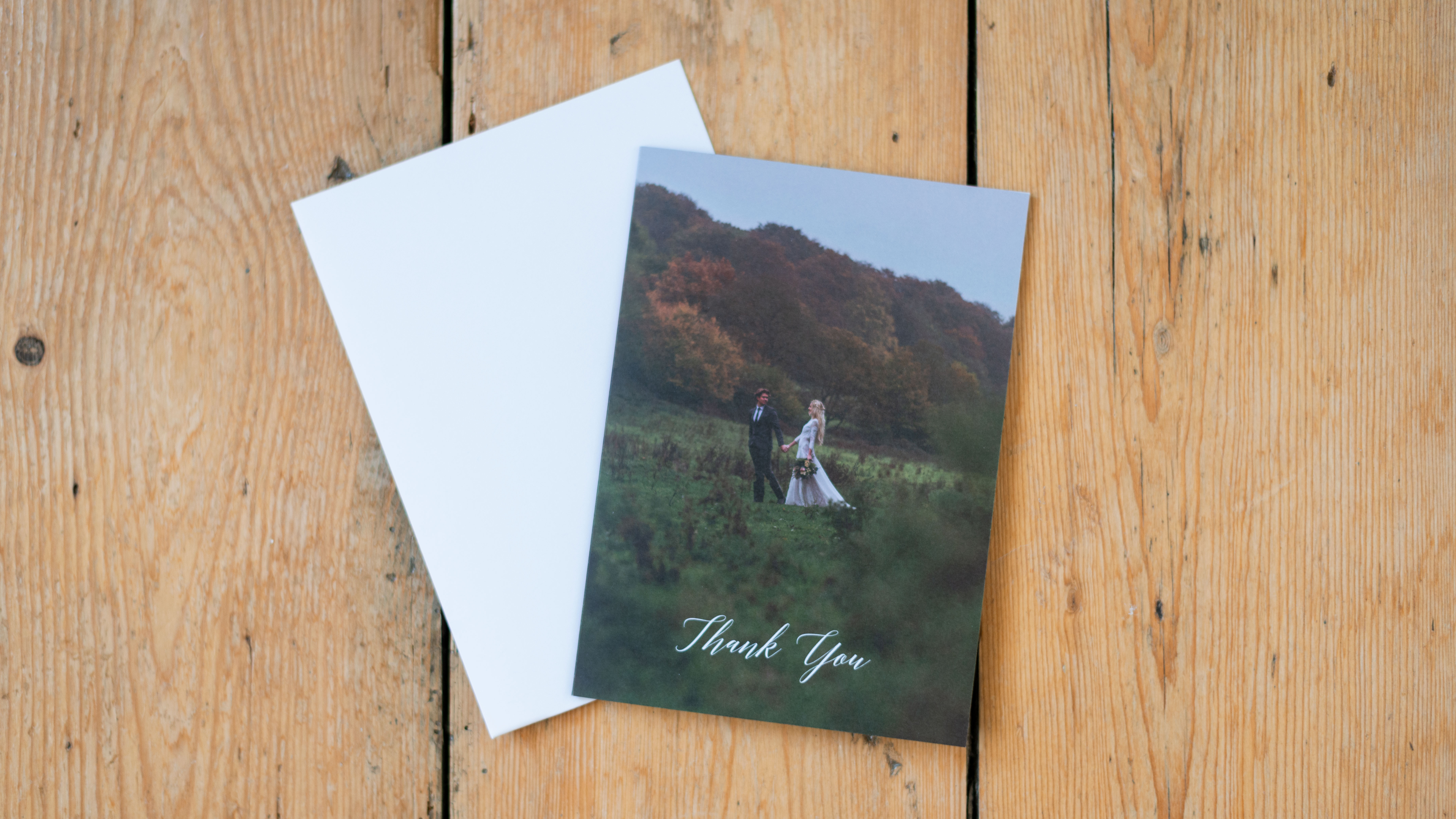
8. Mixbook Photo Cards
Specifications
Reasons to buy
Reasons to avoid
Whether you want to celebrate some upcoming nuptials, a birth announcement, a birthday or a graduation, why settle for a generic card bought in the supermarket? Instead, a personalized photo card is the perfect way to show someone how much you care. Luckily, Mixbook has a wide array of stylish photo card designs to explore – plus, you can customize your card with the in-built web editor, featuring flexible layouts, photo editing tools, graphics and over 200 fonts.
If you're a graphic design whiz, you can even create your own design from scratch with the Blank Card option. Alternatively, you might prefer to choose from one of the hundreds of stylish designs instead.
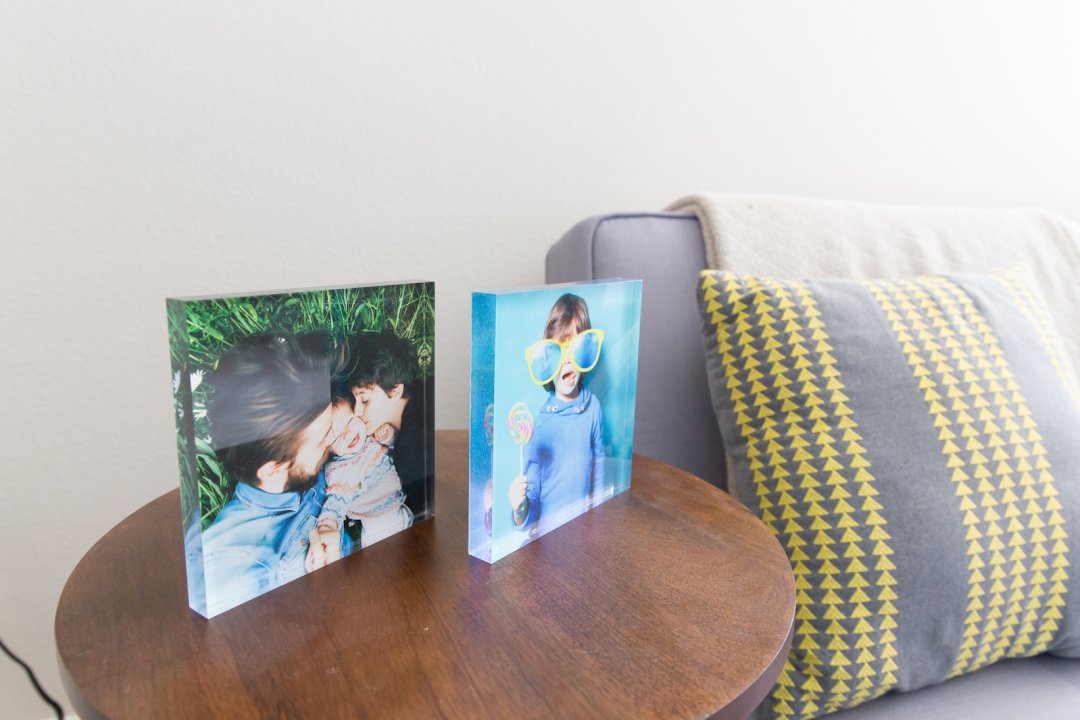
9. Mixbook Acrylic Block
Specifications
Reasons to buy
Reasons to avoid
If you're looking for a new way to display your loved one's favorite photos, why not consider gifting them an acrylic photo block? This 6x6 inch block is free-standing, so the recipient of the gift will be able to place it anywhere from their office desk, to their kitchen windowsill, to their hallway side table.
Bright, vivid photos are particularly well-suited to this photo gift, as the printing process will give the colors an extra pop. Meanwhile, the 3/4 inch thick plexiglass means that the acrylic photo block should be polished and durable – perfect for those who have young children running around and don't want to risk their photo gift being damaged!
Read more
• Best photo books
• Best photo printing online: top services from around the web
• Best greeting card software
• Best canvas print services
• Best photo albums
• The best digital photo frames
The best camera deals, reviews, product advice, and unmissable photography news, direct to your inbox!

Having studied Journalism and Public Relations at the University of the West of England Hannah developed a love for photography through a module on photojournalism. She specializes in Portrait, Fashion and lifestyle photography but has more recently branched out in the world of stylized product photography. Hannah spent three years working at Wex Photo Video as a Senior Sales Assistant, using her experience and knowledge of cameras to help people buy the equipment that is right for them. With eight years experience working with studio lighting, Hannah has run many successful workshops teaching people how to use different lighting setups.
